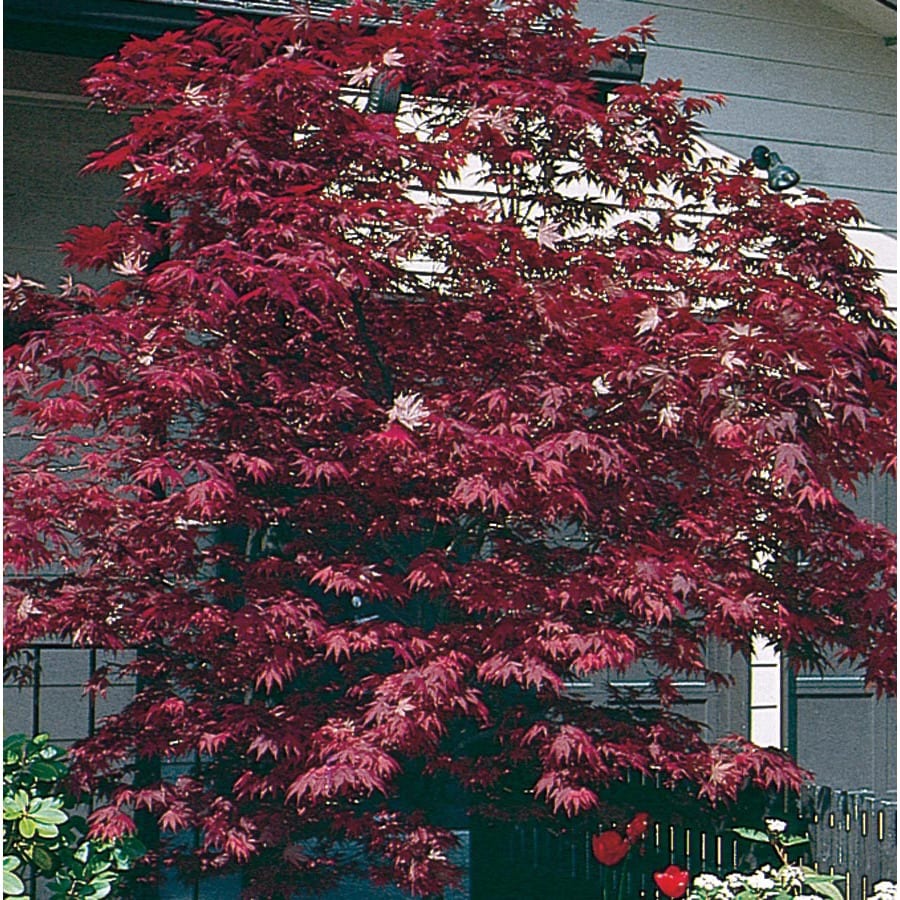

Most of us have a pretty easy time keeping our trees healthy and without bugs, but with the Japanese, it’s not always so easy.

This is referred to as “hiding” their leaves until the perfect time to regrow them comes around. If you want to keep leaf-eating bugs away, you need to control the population of your maples.Ī major reason why Japanese maples attract bugs is that they’re known to shed their leaves in different seasons. These bugs don’t just eat the leaf itself they also suck the juices from the base of the leaf as well, making them quite an unsavory addition to your garden. These include leaf-eating bugs, which can be very serious problems if you have a lot of these insects around. On the flip side, there are also insects that feed off of the leaves and needles of this tree. Leaf-eating Bugs Feed on Japanese Maple Leaves They quickly multiply and spread out into the surrounding areas, causing more problems for you. And you probably know what happens when you leave them alone. They usually live in houses and attics, feeding on the leaves of plants and sucking plant juices to sustain themselves. These bugs tend to be much smaller than typical flying insects, but can have a very annoying habit of hovering around your trees and feeding on the leaves of your trees. One of the reasons why Japanese maples are sometimes referred to as “lady’s box” or “bay trees” is because of their tendency to attract a special kind of insect. But what are the reasons why do Japanese maples trees attract bugs? In fact, there are several reasons, and they range from cultural aspects to economic ones. Some people call them English maples, because they’re called that in the United States.Īnd while they were originally planted in the country, they’ve now become a popular ornamental plant for landscaping in other countries, as well as here in the US. Japanese maples are a kind of maple tree that grows really closely – up to 40 feet tall. Both are effective and should be used in combination with other methods of prevention.

There are two main types of trashes: Those that are built at the base of the tree and those that are built parallel to the trunk of the tree. This is a long metal rod that is used to take away any excess branches or twigs that might be growing on your tree.

One of the most common ways that insects attack Japanese Maple trees is by using a “trash pole”. It’s for this reason that it is so important to understand the relationship between insect and tree - to be able to eliminate them from your yard.Īnd, as I’m sure you already know, understanding the relationship between a tree and an insect can only come through experience.
#Japanese maple tree how to#
For others, it is because they are wondering how to get rid of the insects that are attacking their trees.įor yet another, it is because they want to know how to identify the specific insects that they are dealing with, to be able to protect their home or business from their destructive behavior.Īs with most other natural resources, the only way that we can be sure of killing off these pests is to prevent them from being able to reproduce. Although these insects do attack matured trees, they mostly feed on the young trees.įor some, it is because they want to know how to protect their own property from “tree-huggers”. Other noticeable insects and pests of this plant include mealybug, scale, and mites. These are common leaf feeders that feed on the colorful leaves of Japanese maples and if they’re ignored, these insects can attack the stems as well - and destroy the plant in weeks. Here’s what I know about this plant and the insects that plague it: Japanese maples (also known as Yucca) are special and beautiful trees, which are native to Japan (obviously).Īs beautiful and colorfully-scented as these trees are, do they attract bugs? As with most things in life, there is a reason why the question is asked.


 0 kommentar(er)
0 kommentar(er)
